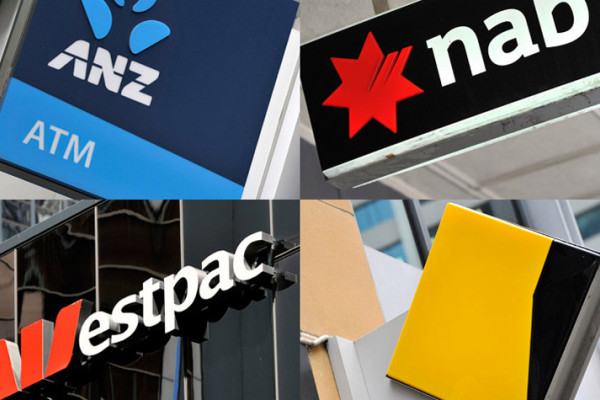
Bank stocks hold a special place in investor’s hearts. For decades, they’ve proved to be reliable builders of shareholder wealth, with plump fully-franked dividends delivering much of the return. They are the penultimate ‘blue chip’ stocks.
Over the last five years, though, the big banks have delivered a relatively meager return with share prices essentially unchanged from where they were in late 2014. Earnings and dividends, on average, have similarly tracked sideways.
With shares in the big four are all trading at yields (grossed up for franking) of between 7-10%, it seems the market has low expectations for the future too. But could this be an opportunity for investors? In a low rate world, it’s hard to walk past such a compelling yield. Or is there good reason to avoid the banks?
Let’s go back to first principles.
As a business, banks make more money when they lend out more cash, or the net interest margin expands (the difference between what the banks borrow and lend at).
With Australia’s decades long obsession with property, and a record breaking run of uninterrupted economic expansion, demand for the banks’ product — cash — has grown considerably. However, Australia has one of the highest rates of household debt to income in the developed world, wages have stalled and the property market has stepped back. It’s difficult for households to leverage further under such an environment.
Record low interest rates are intended to make borrowing more attractive, but so far we haven’t seen much increase in demand. Moreover, lower rates tend to squeeze net interest margins — the other driver of bank earnings. Increased regulatory oversight and more competition add more pressure.
Both factors tend to work together too, which is why banks tend to be rather cyclical businesses; in a recession, bank profits take a serious knock. That’s not to say a slow-down is imminent, but it’s a fact we tend to forget in Australia as we haven’t seen an economic slowdown in close to three decades.
Given the structural advantages of our major banks and the likelihood of Australia’s long-term prosperity, shareholders with a very long-term focus will undoubtedly earn decent (but not spectacular) returns, on average. But over the coming 3-5 years, shareholder fortunes rest heavily on the macro economic environment. And that’s something notoriously difficult to forecast.
Unless we see a sustained improvement in credit demand or net interest margins, shareholders should probably expect disappointing returns, or potentially even losses, despite the apparent value of current prices.
It’s perhaps little wonder, then, that the big banks get little coverage on Strawman. The community, it seems, is far more interested in opportunities outside of the top ASX 100.
Visit the Strawman Index to see what stocks our community of market beating investors prefer.
Strawman is Australia’s premier online investment club. Join for free to access independent & actionable recommendations from proven private investors.
Disclaimer– The author may hold positions in the stocks mentioned in this publication, at the time of writing. The information contained in the publication and the links shared are general in nature and does not take into account your personal situation. You should consider whether the information is appropriate to your needs, and where appropriate, seek professional advice from a financial adviser. For errors that warrant correction please contact the editor at [email protected].
Strawman Pty Ltd does not endorse an investment in any securities mentioned or guarantee the performance of, or returns on any investment. This information is general in nature only and has not taken your personal circumstances into account. We recommend consulting a licensed professional before making any investment decisions. For more information please see our Terms of use.
© 2019 Strawman Pty Ltd. All rights reserved.
| Privacy Policy | Terms of Service | Financial Services Guide |
ACN: 610 908 211







